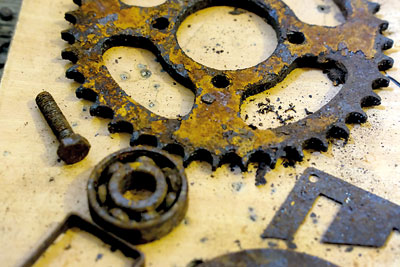Rust isn’t waste anymore!
Shriwanthi Amarasinghe – Shri as she is fondly called, is not afraid to get her hands dirty. In fact, these days, she’s busy creating a unique art form using rusted bits of metal parts. The designs that are being generated are jaw dropping and the beauty of this art form is that the prints are wearable.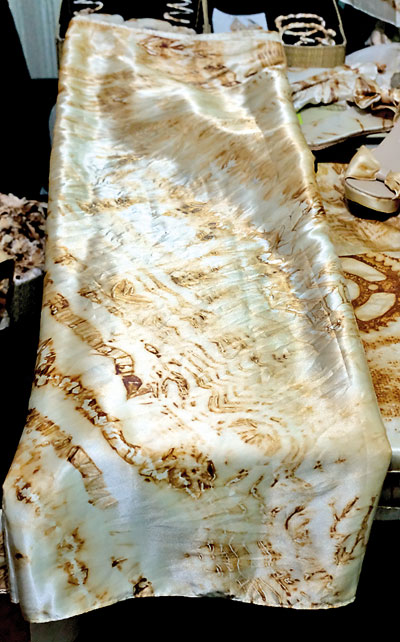
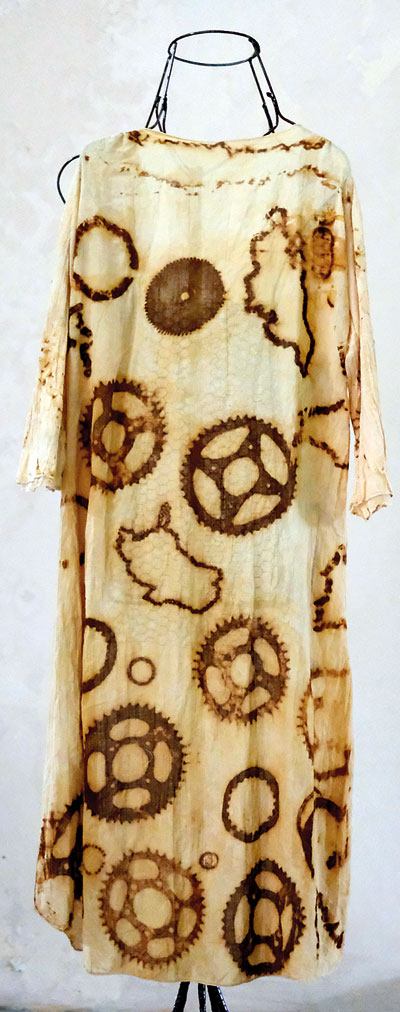
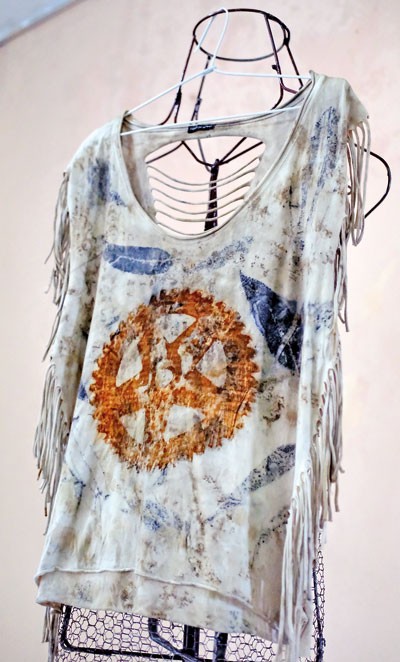
For Shriwanthi it all began two years ago when she stumbled upon a study programme called the ‘sustainable fashion development course’. It was during this phase of time that fortune favoured her when she came across a book by Alison Fox – a textile artist in New York. This book, featured an art concept called the ‘found object art’.
Drawing inspiration from this concept which spoke about the formation of patterns using materials such as scrap metal, Shriwanthi decided to do the same, but by using rust.
Shriwanthi explains that the concept of rust art revolves around a piece of white fabric that is imprinted with designs formed using rust obtained from pieces of scrap iron, cog wheels – which are her favourite, and objects such as steel wires. According to her, humidity is the prime factor which contributes towards the success of her concept which she proudly calls as “wearable art”.
As of now, Shriwanthi uses social media platforms such as Instagram and Facebook under the name ‘Rust Diaries’ to promote her products such as shawls, sarees and frocks which have rust prints.
“Ever since I started posting, people used to ask me whether they can purchase it,” Shriwanthi says while adding that it was due to this reason that she decided to sell her pieces of art. She goes on to add that each and every garment is carefully designed by hand to suit the requirements of the customer.
Among the challenges Shriwanthi faces is the time taken to produce a finished product owing to the lengthy duration that objects take to rust. Furthermore, she does admit that the concept of using rust on clothes has raised a few eyebrows owing to health concerns. However, she dismisses the concerns by adding that the finished garment is soaked in a saline solution to prevent the imprint from rusting further.
Shriwanthi also goes on to say that she highly encourages and practices ‘ethical fashion’ while adding that she loves providing employment to those interested in assisting her with the business. “I don’t want to do something that is unethical while utilising the labour of those employed under me,” she says.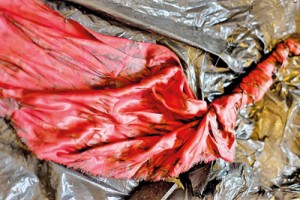
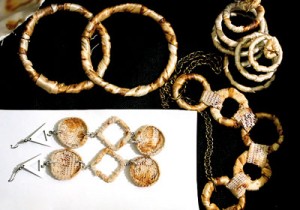
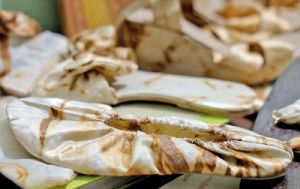
Speaking about her future prospects, she hopes to expand her business by selling products such as scarves and jewellery that have rust imprints. She also hopes to introduce coloured fabric into her products while also hoping to include options for delivering the goods to customers.
Follow Shriwanthi on her Instagram and Facebook handles @rustdiaries.
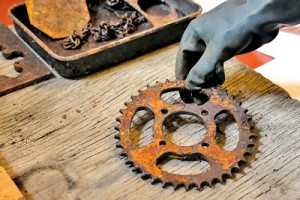
step 1
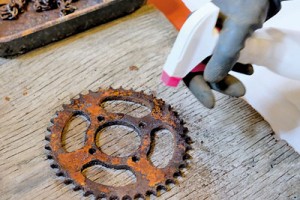
step 2
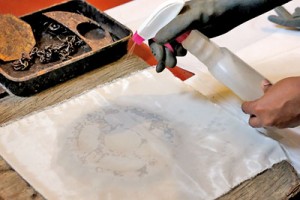
step 3
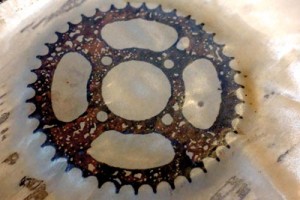
step 4
